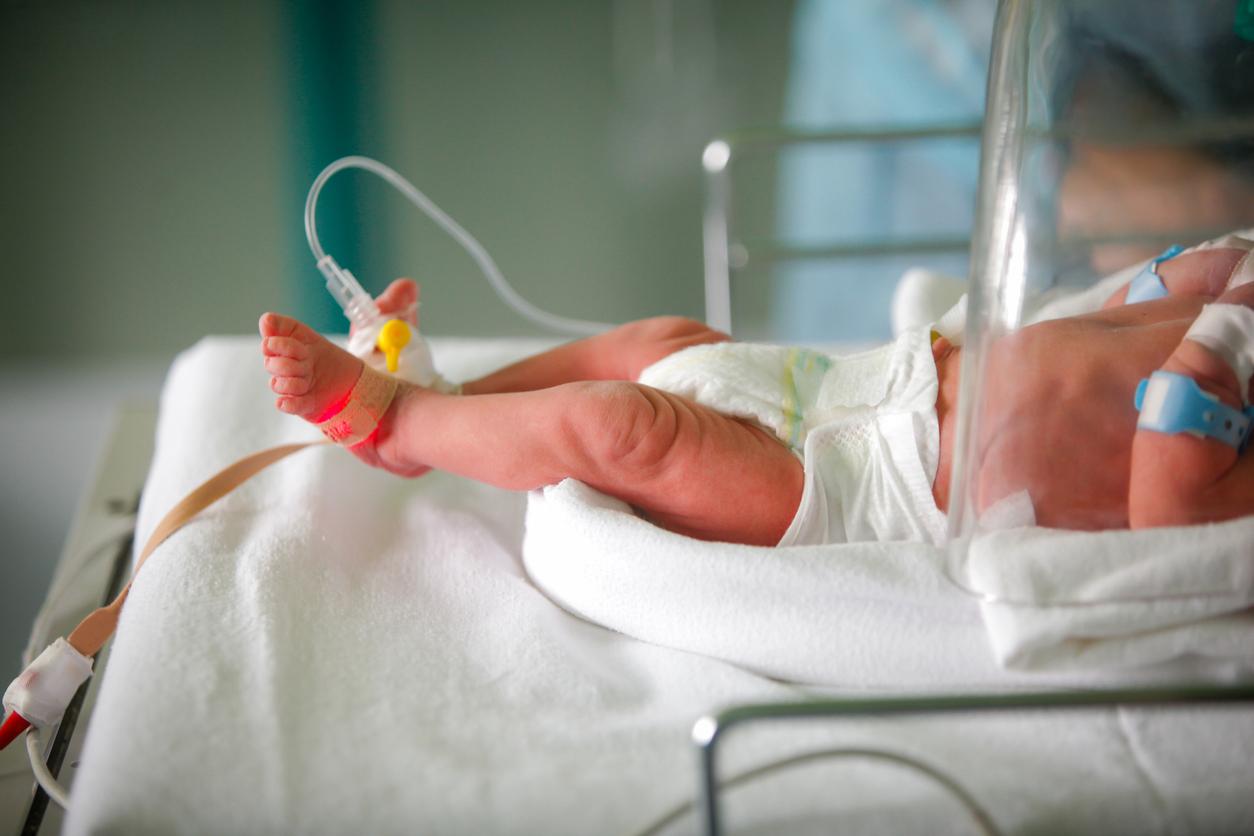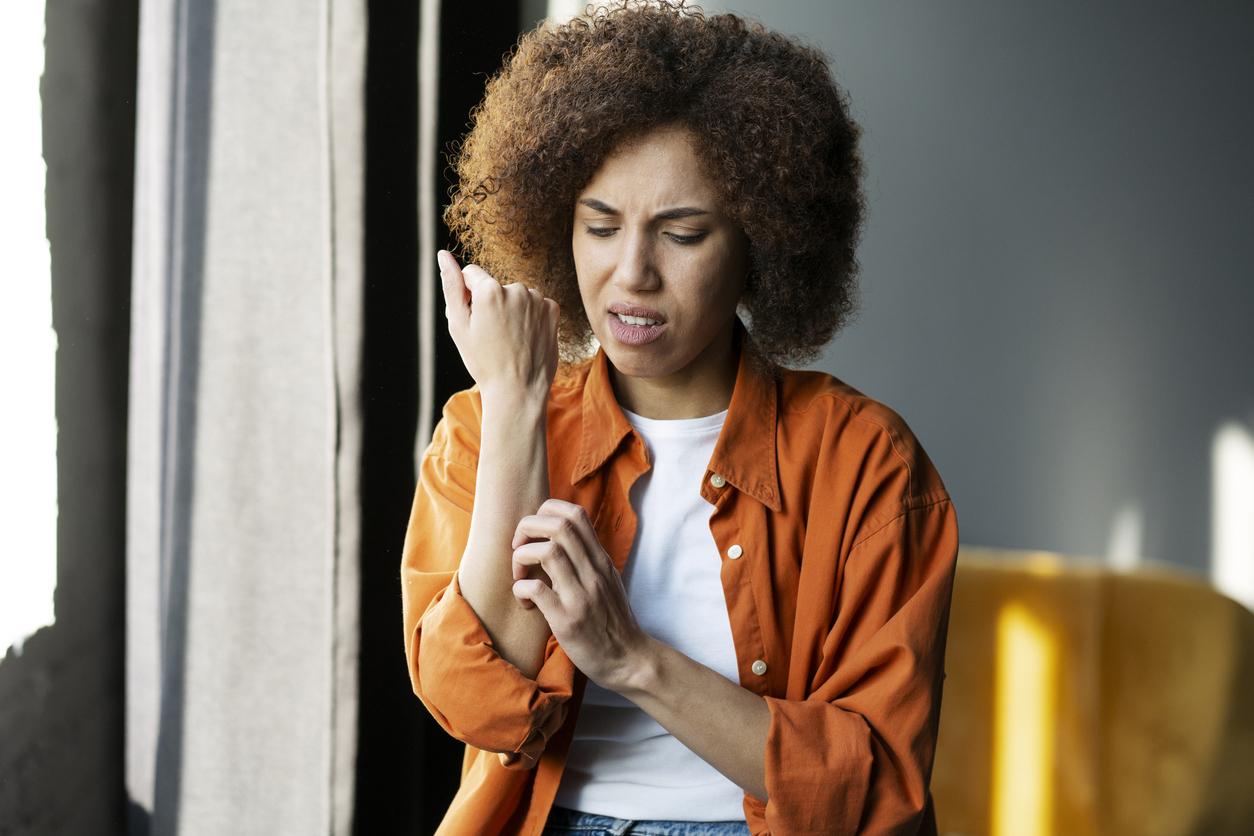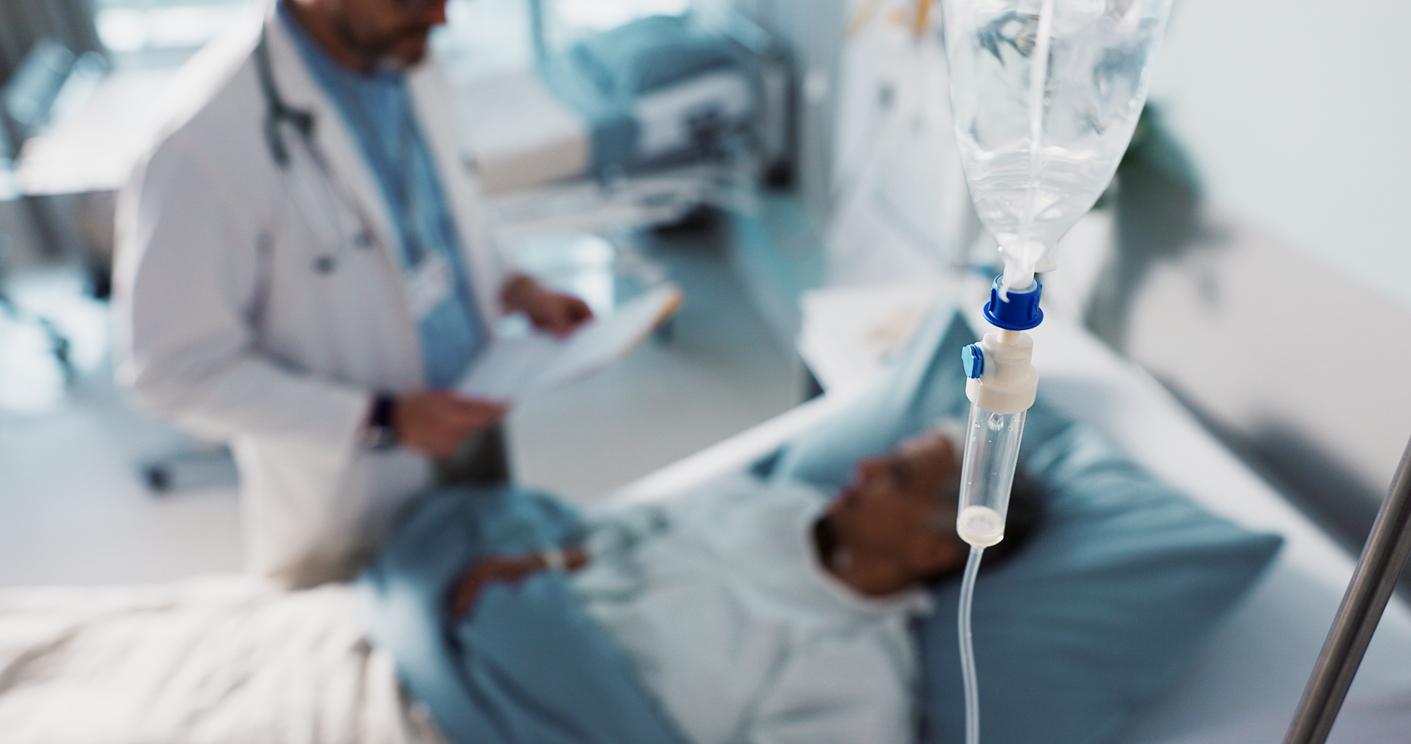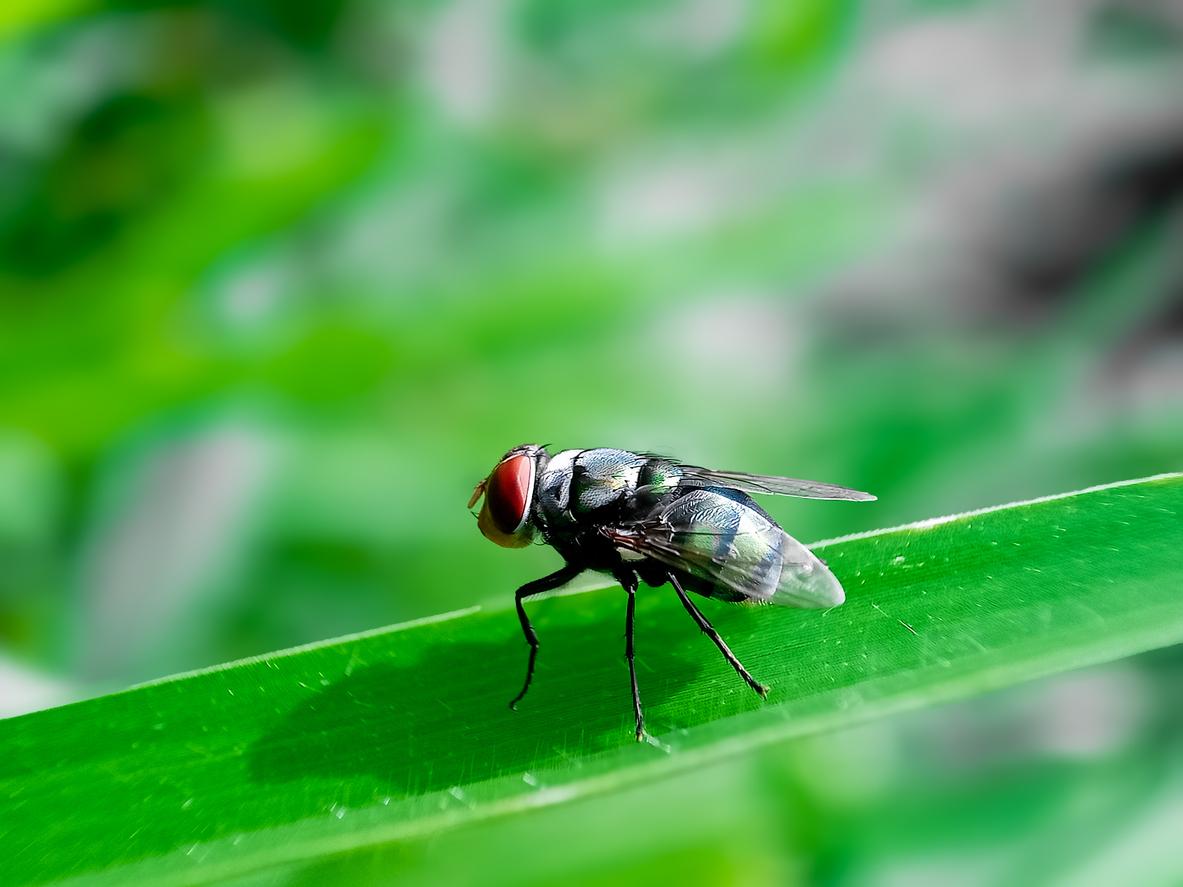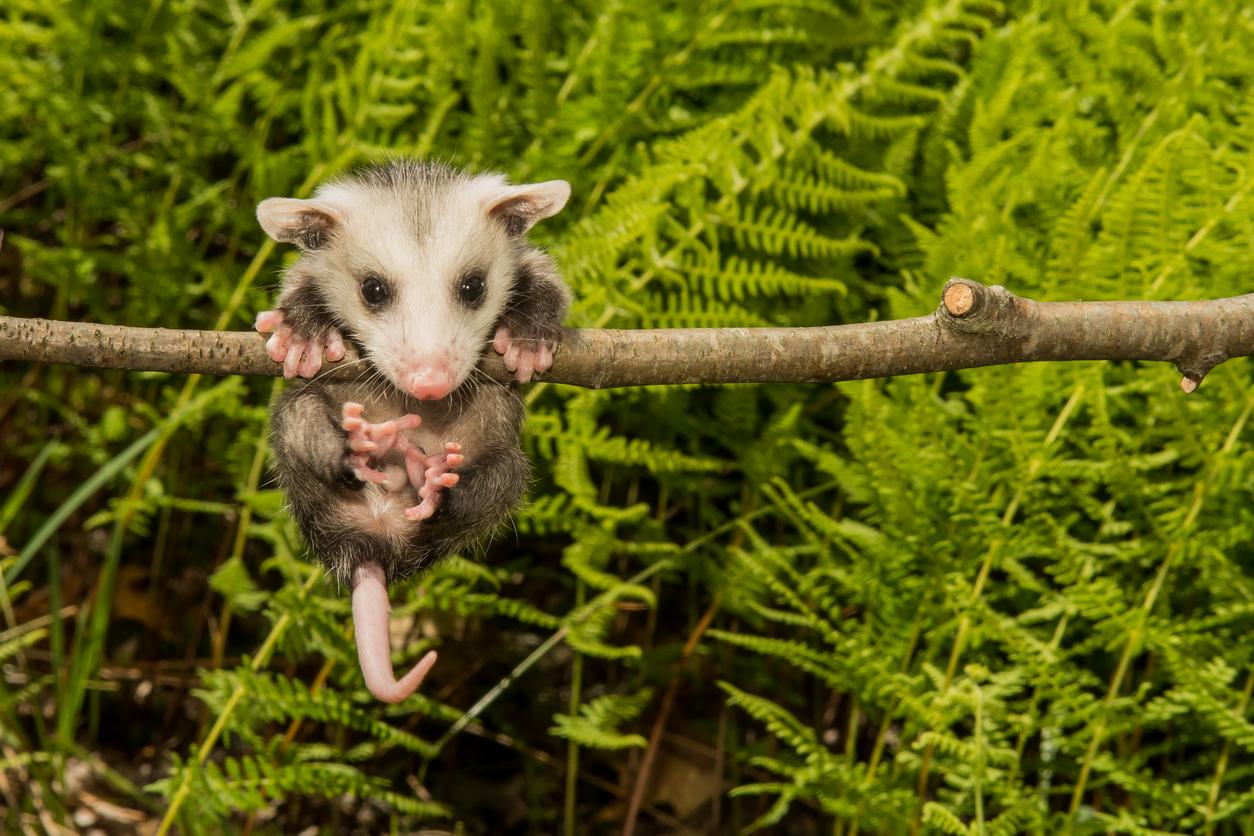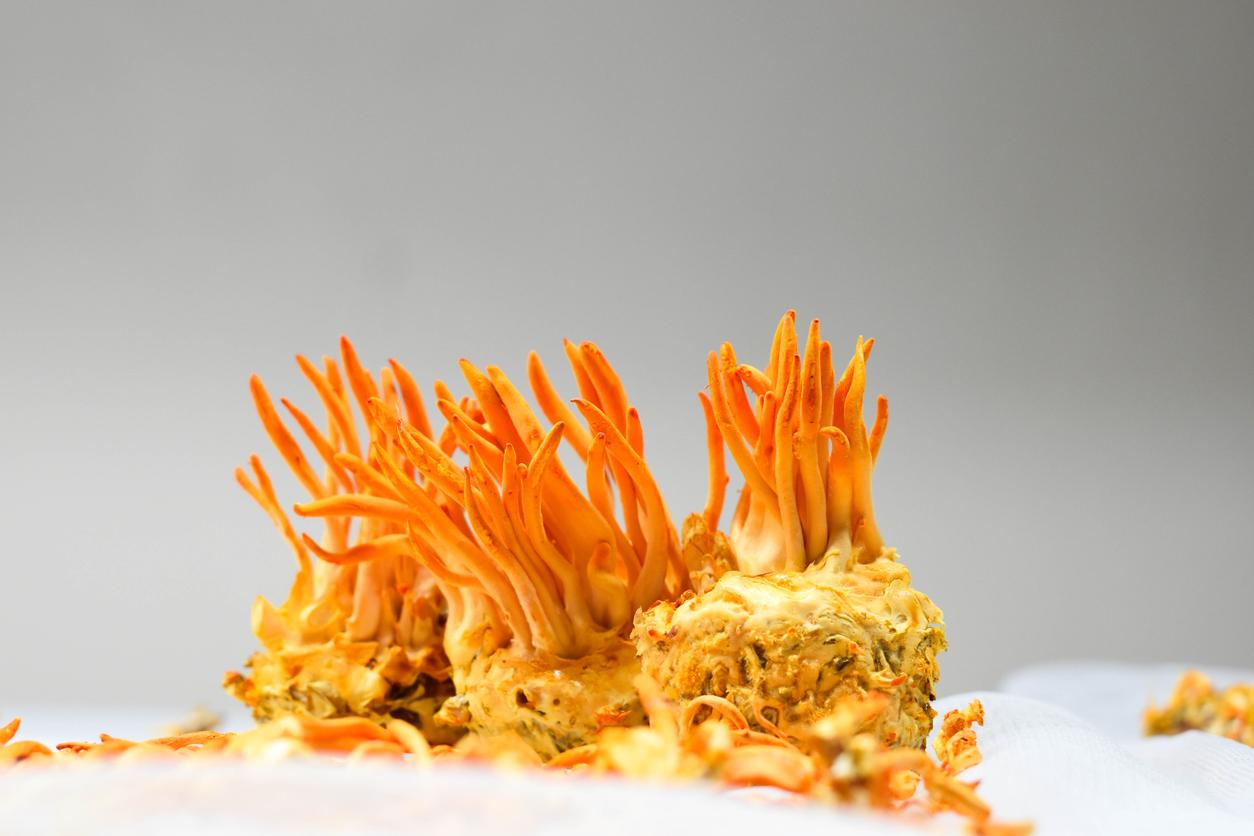Research by the Cellular Biology of Trypanosomes Unit of the Institut Pasteur/Inserm and researchers from the University of Glasgow (Great Britain) has made it possible to discover that trypanosomes (the parasites responsible for sleeping sickness) are present in large numbers in the skin. This discovery will make it possible to redirect screening for the disease transmitted by the tsetse fly.
Sleeping sickness affects at least 4,000 to 8,000 people in sub-Saharan Africa, and can be fatal when the parasites reach the central nervous system. “We have not yet succeeded in eradicating this disease because each time infected subjects fall through the cracks during screening campaigns and continue to transmit the parasite” explains Brice Rotureau, head of the “transmission of trypanosomes” group at the Institut Pasteur.
In such people, no live parasites appear in the blood. The researchers therefore wondered where the trypanosomes could be hiding. They therefore chose to follow the evolution and distribution of the parasites (by genetically modifying them so that they are luminescent) in mice.
“We saw very many parasites in the skin, in much greater quantities than in the blood”, describes Brice Rotureau. And at the tissue scale, we could see the trypanosomes, at the base of the dermis, swimming in the matrix outside the vasculature. The parasites were distributed there in a very homogeneous way, as if they were maximizing their chances of being picked up by a tsetse fly in order to be transmitted to a new host..
Next step: identifying healthy carriers
These infected mice were then exposed to tsetse flies, which in turn became infected after feeding on areas of skin. In other words, parasites present in the skin can be transmitted and cause new cases.
The researchers are now working on a non-invasive detection system which would quickly reveal the trypanosomes hidden in the skin and make it possible to identify the healthy carriers which, until now, escaped control.
Read also :
A single drug to treat three tropical diseases?
Travel advice: which vaccine for which trip?









